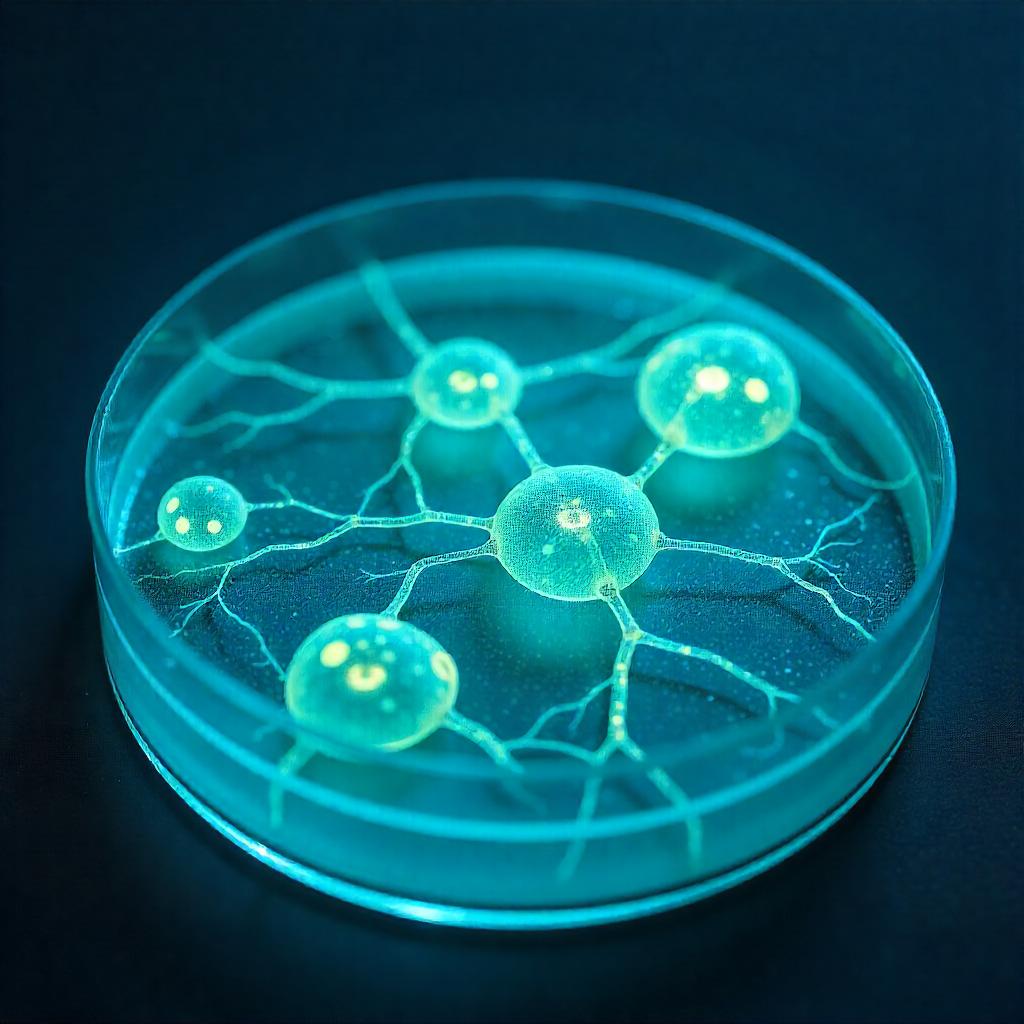In the world of medical science, few breakthroughs hold as much transformative potential as stem cells. These master cells — capable of becoming virtually any cell type in the body — represent a biological blueprint with the power to regenerate, repair, and restore damaged tissues and organs. Once the subject of niche research and ethical debates, stem cells are now on the cusp of becoming a central tool in personalized, regenerative medicine.
From repairing spinal cord injuries to reversing degenerative diseases and even rebuilding organs, stem cells are not just supporting healing — they’re redefining what healing means.
What Are Stem Cells?
Stem cells are the body’s raw materials — the origin point from which all other cells with specialized functions are generated. They can divide and renew themselves indefinitely, unlike muscle or nerve cells, which don’t normally replicate. Even more incredibly, stem cells can differentiate — transforming into heart cells, brain cells, liver cells, and more.
There are two main types:
-
Embryonic stem cells, which are pluripotent (able to become any cell type).
-
Adult stem cells, found in tissues like bone marrow or fat, which are multipotent (more limited, but still highly valuable).
Recent advances have also introduced induced pluripotent stem cells (iPSCs) — adult cells reprogrammed to act like embryonic stem cells — sidestepping many ethical concerns while retaining broad therapeutic potential.
Real-World Applications: Where Stem Cells Are Making a Difference
1. Regenerative Medicine
The most exciting frontier lies in tissue regeneration. Stem cells are already being used to treat conditions such as:
-
Burn injuries through skin regeneration
-
Corneal damage via stem cell-derived eye tissues
-
Cartilage repair for arthritis and joint injuries
These treatments aim not just to alleviate symptoms but to rebuild the actual tissue — a complete shift from conventional medicine.
2. Neurological Conditions
For decades, the brain and spinal cord were considered “irreparable.” Stem cell therapies are now challenging that belief. Research shows early success in:
-
Spinal cord injury repair
-
Parkinson’s disease, by replacing lost dopamine-producing neurons
-
Multiple sclerosis, through immune system “resets”
These therapies aim to restore lost function, not just manage disease progression.
3. Cardiovascular Repair
Heart tissue does not regenerate well after a heart attack. But clinical studies are exploring how injected stem cells can regenerate damaged cardiac muscle, reduce scarring, and improve heart function. This opens the door to potentially reversing heart failure — one of the world’s leading causes of death.
4. Autoimmune Diseases
Stem cells have shown promise in resetting dysfunctional immune systems. In diseases like lupus, Crohn’s disease, and type 1 diabetes, stem cell therapy may help retrain or rebuild immune tolerance, reducing or eliminating dependence on lifelong medication.
5. Blood Disorders and Cancers
Hematopoietic stem cell transplants (commonly known as bone marrow transplants) have been saving lives for decades, particularly in patients with leukemia, lymphoma, and sickle cell disease. The approach is now being refined with improved safety, precision, and donor-matching technologies.
Stem Cells in Research: The Platform for Future Therapies
Stem cells are also central to how researchers understand disease. By growing patient-specific cells in a lab — including iPSCs — scientists can model diseases “in a dish.” This means:
-
Testing drugs on human-like tissue without human trials
-
Understanding how diseases develop on a cellular level
-
Tailoring treatments to an individual’s unique biology
This marks the beginning of personalized medicine at the cellular level, where treatments are not only targeted, but biologically customized.
The Challenges: Ethics, Access, and Oversight
Stem cell science hasn’t evolved without hurdles. Ethical questions around embryonic stem cells have led to tight regulations in many regions. Meanwhile, unregulated stem cell clinics continue to pop up worldwide, offering expensive, unproven treatments — often with little to no oversight.
As the field grows, standardization, regulation, and transparency are essential to protect patients while allowing innovation to thrive.
A Future Built on Regeneration
Imagine a future where:
-
Damaged hearts regenerate themselves
-
Spinal injuries are reversible
-
Organs are built from your own cells
-
Autoimmune diseases are cured, not managed
That future is already being sketched in stem cell labs around the world. We’re moving from treating illness to restoring biology — from pharmaceuticals to cellular solutions.
Why It Matters Now
As the global population ages and chronic diseases become more prevalent, the need for regenerative, sustainable, and effective treatments is greater than ever. Stem cell therapy offers not just hope — but the mechanisms to fulfill that hope, one cell at a time.
For researchers, clinicians, and visionary investors, stem cells represent more than just a treatment — they are the platform upon which the future of medicine is being built.





